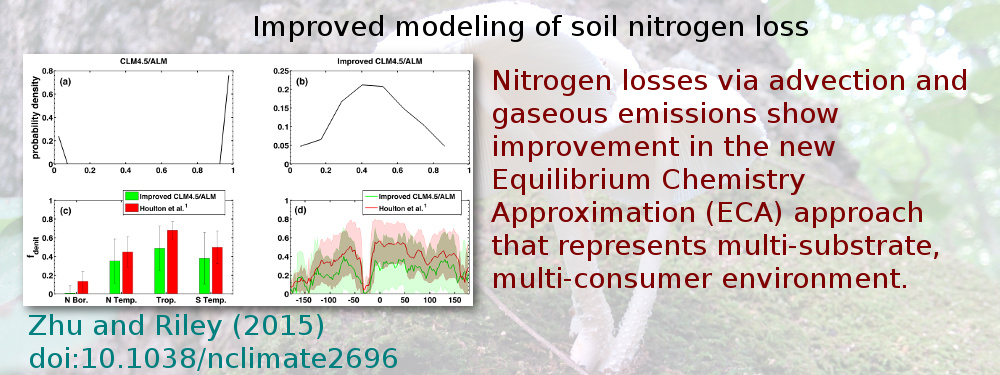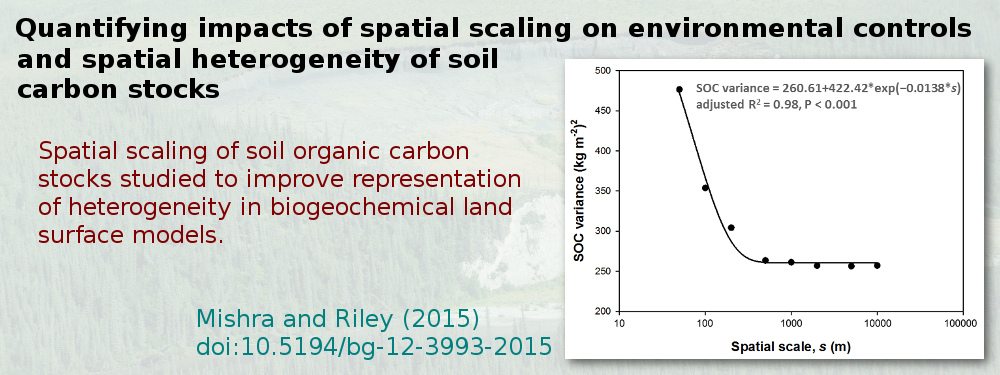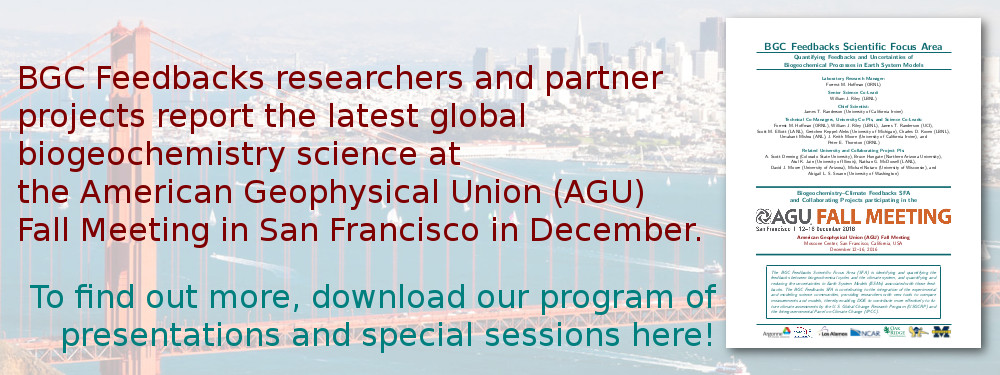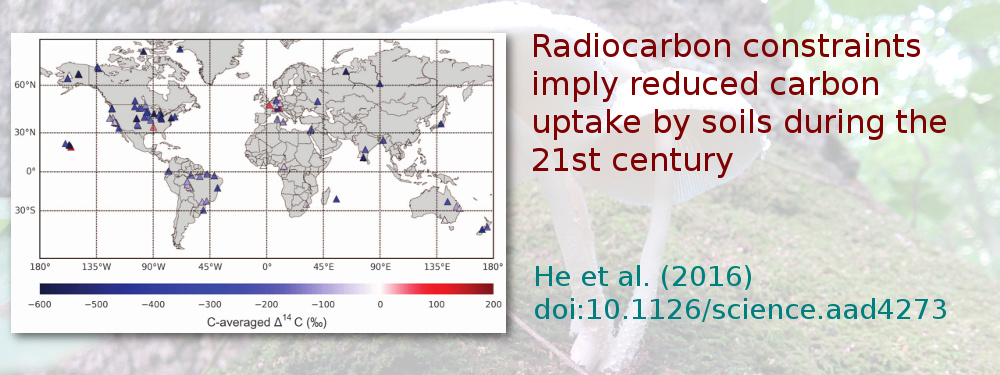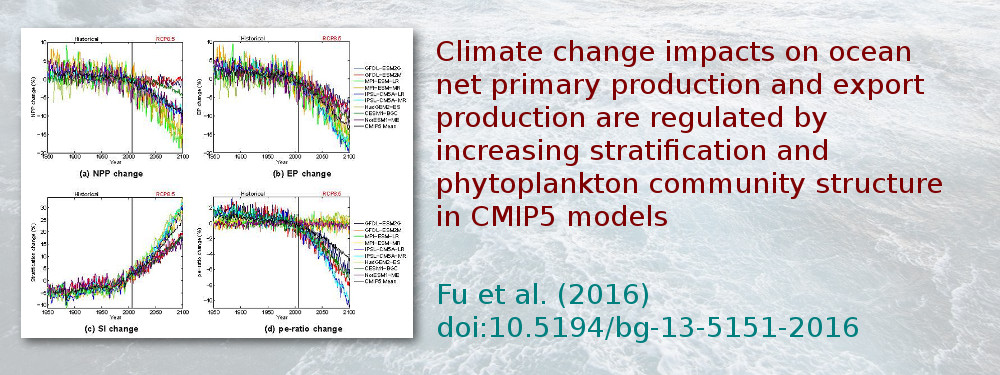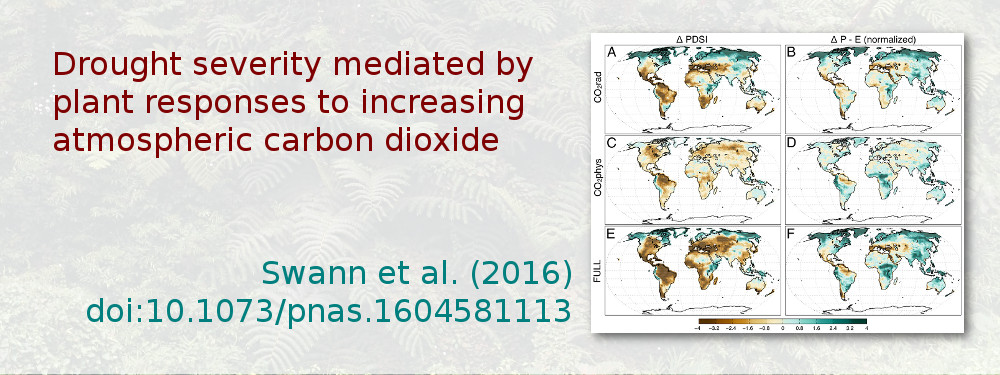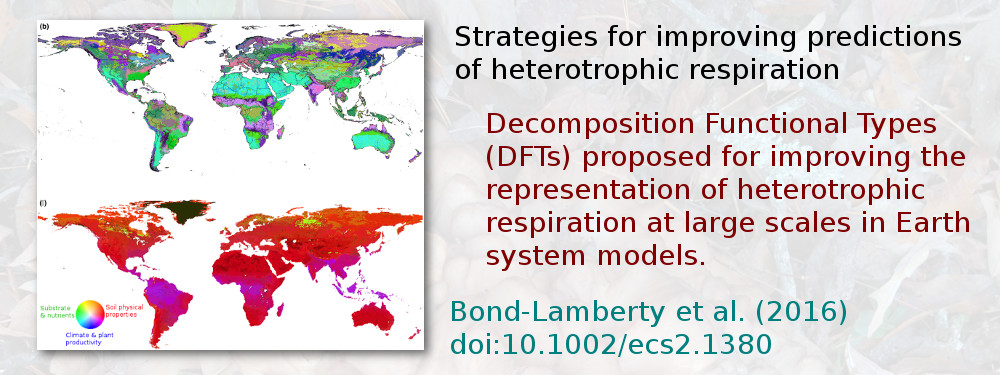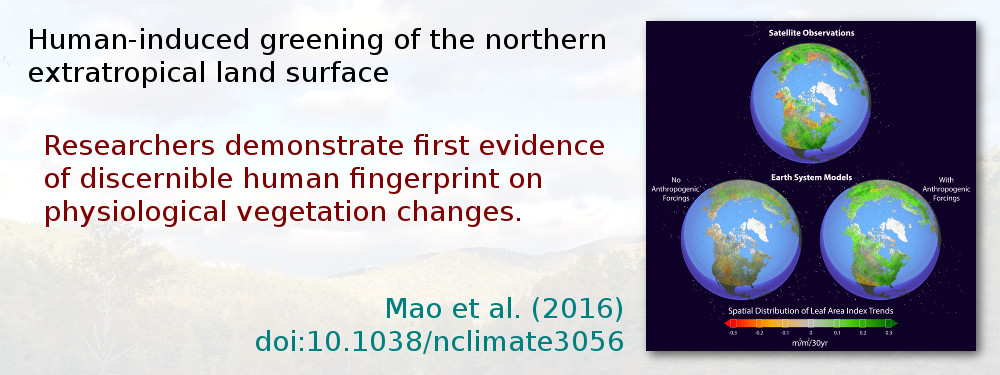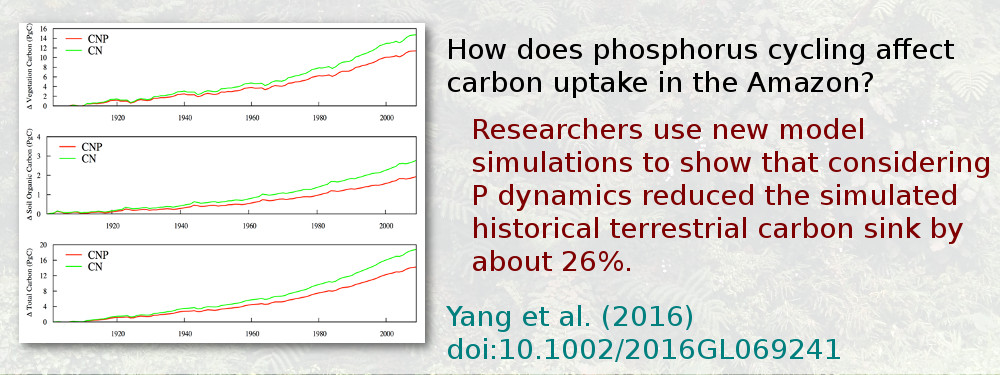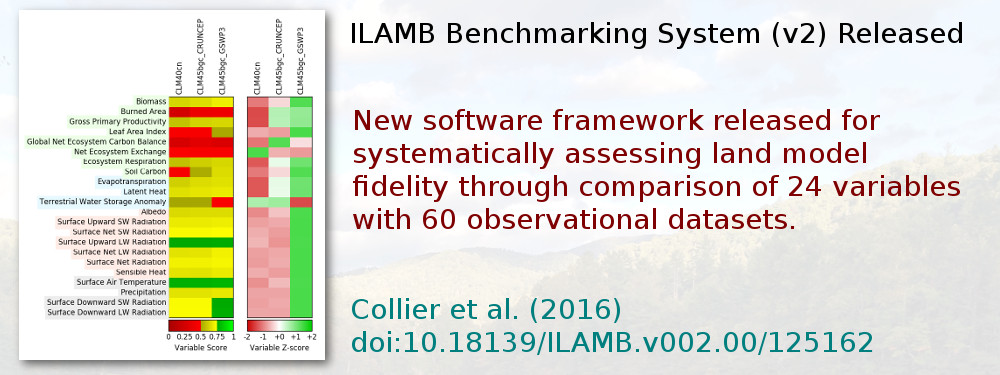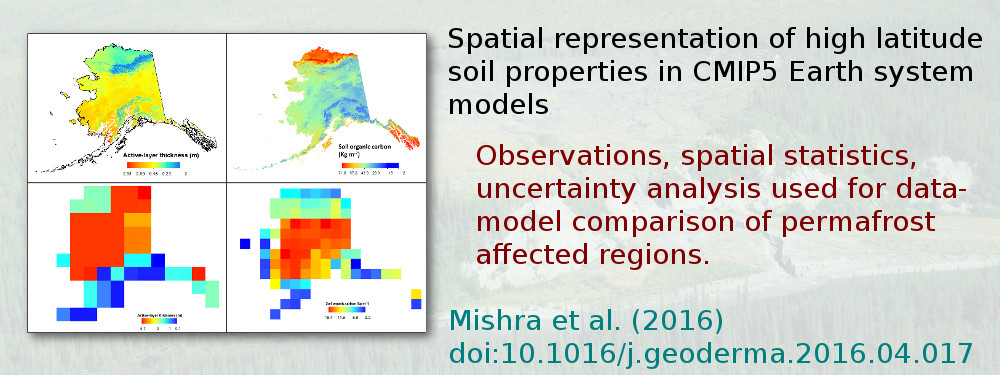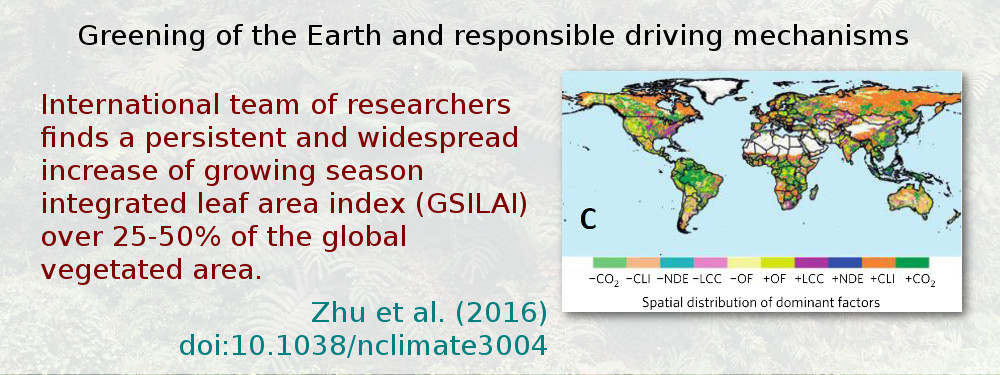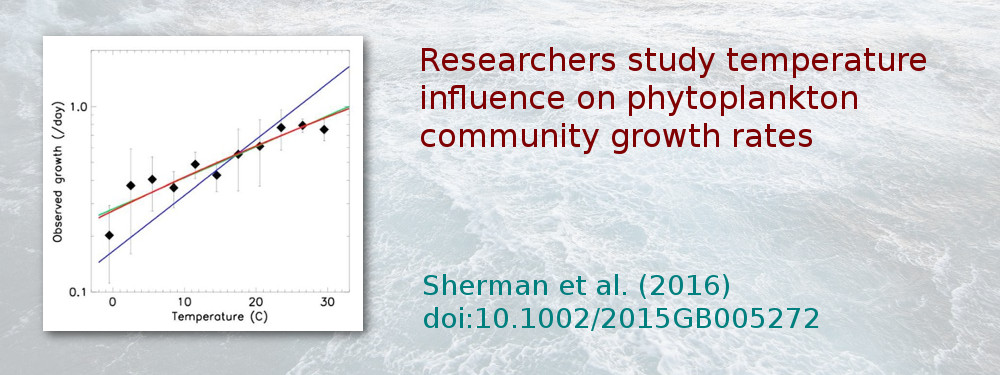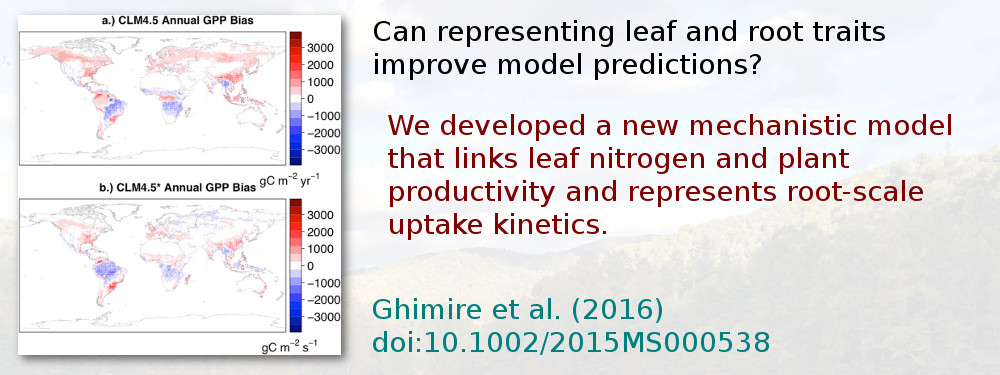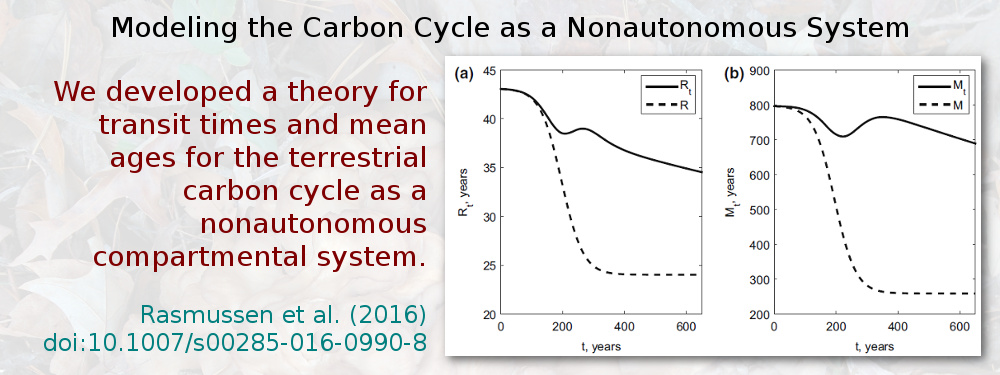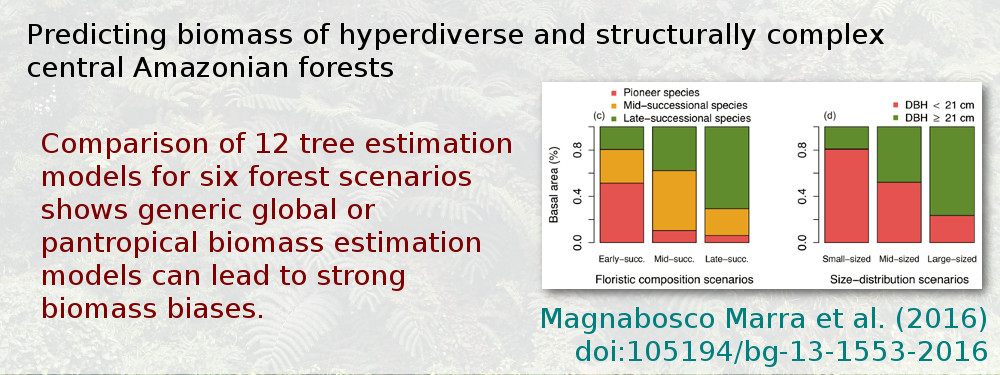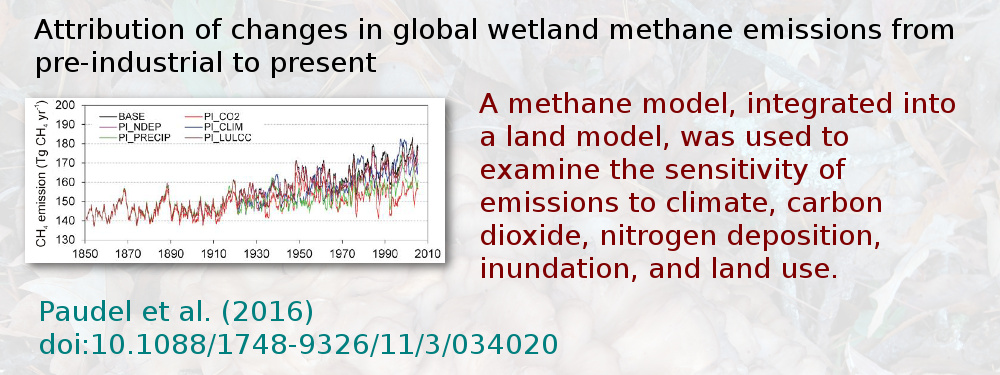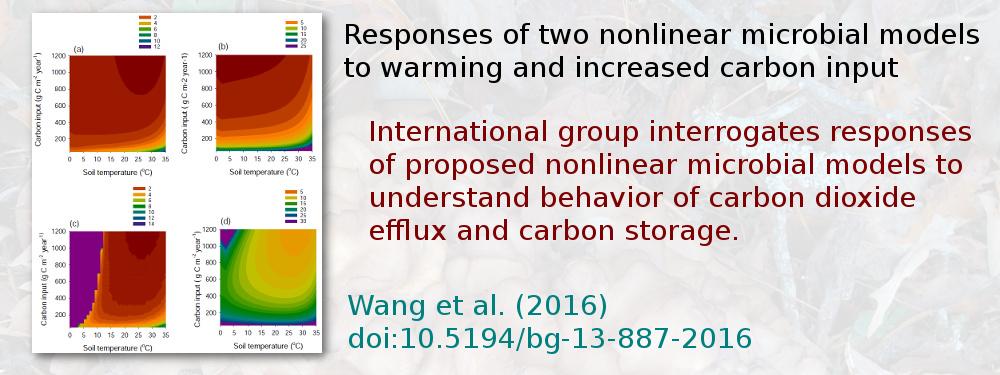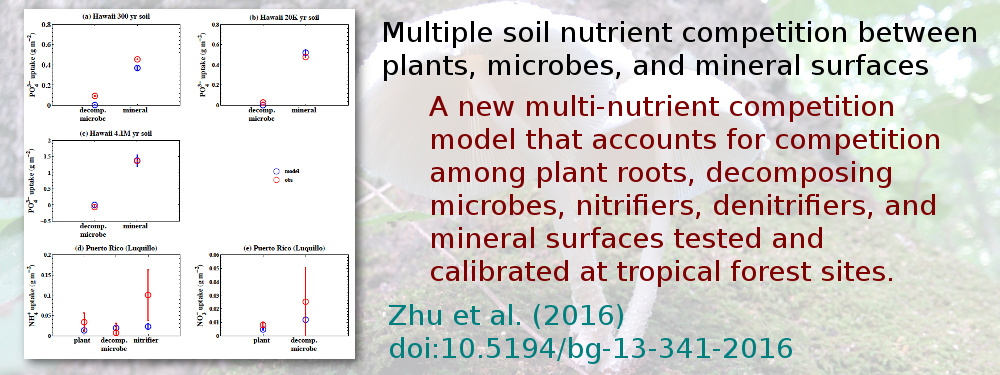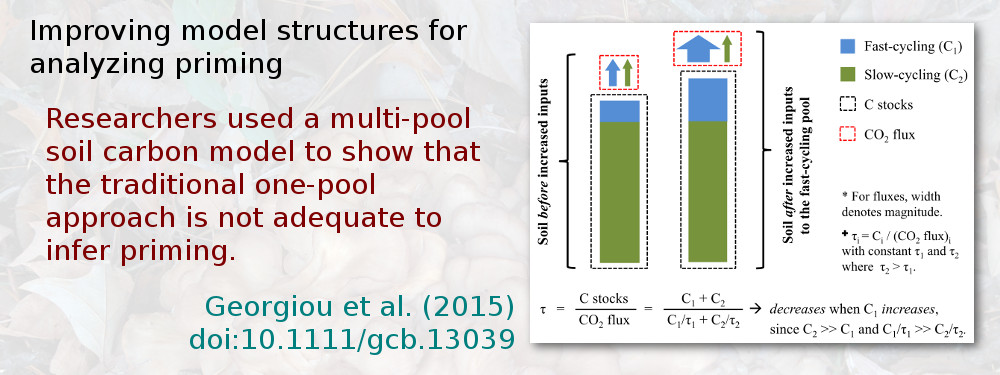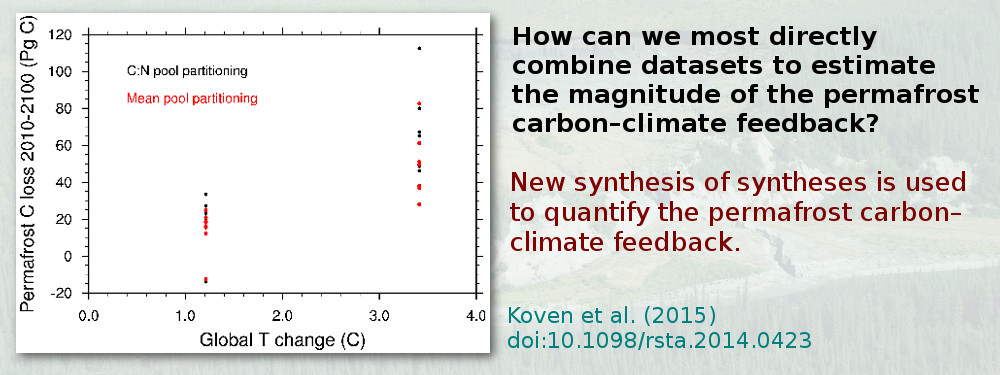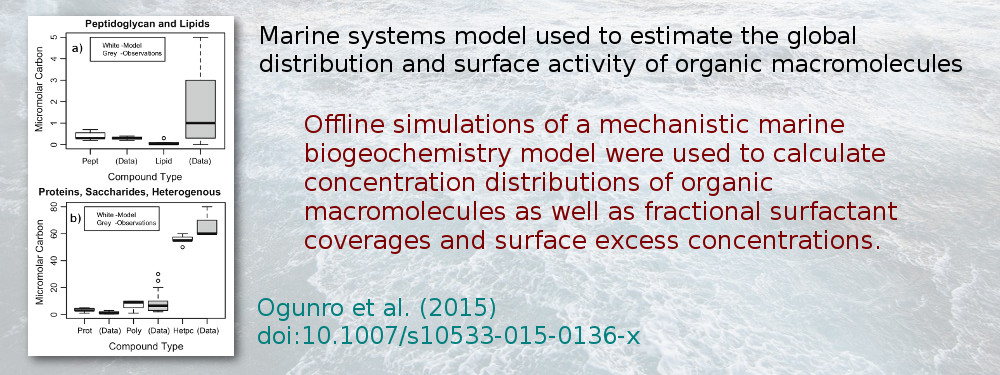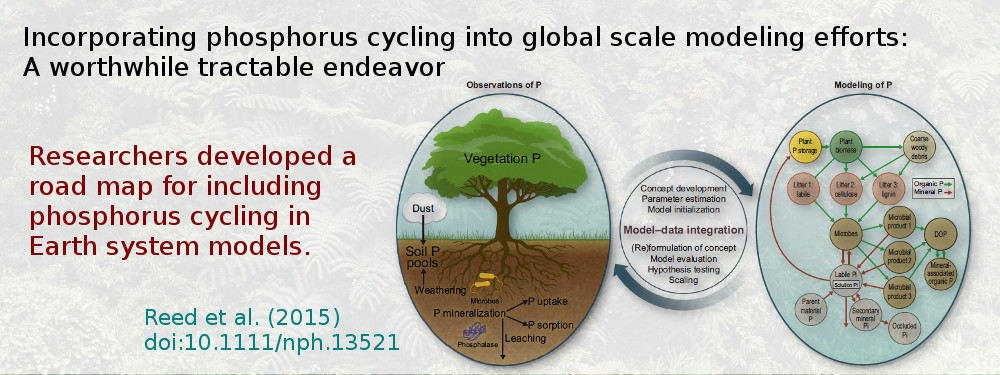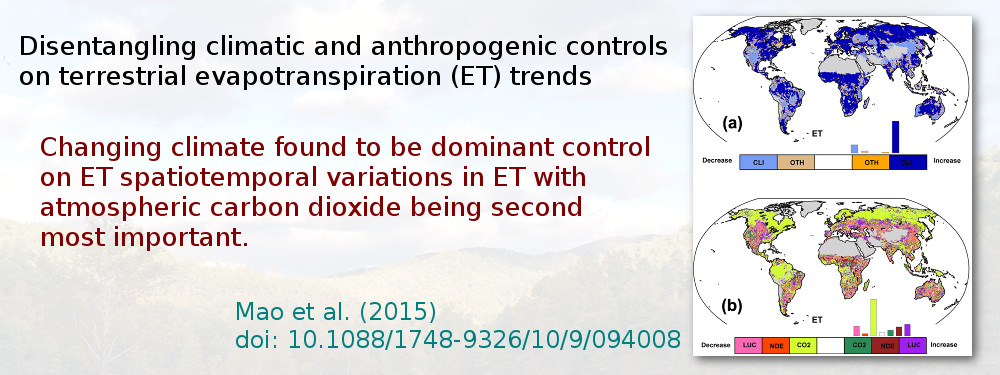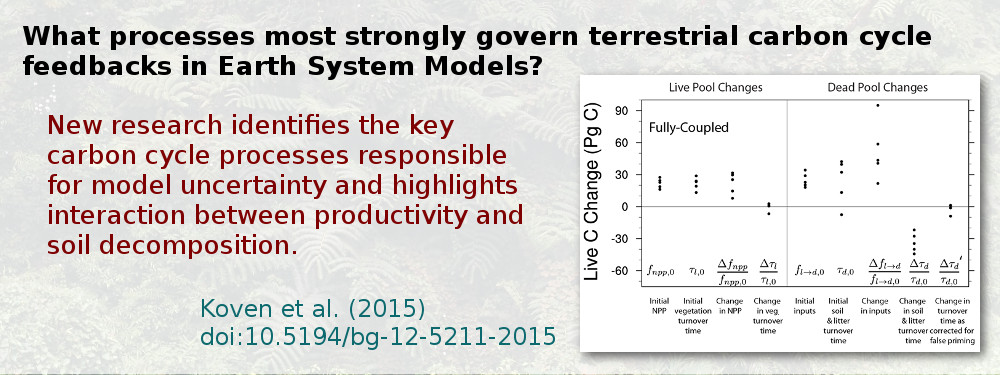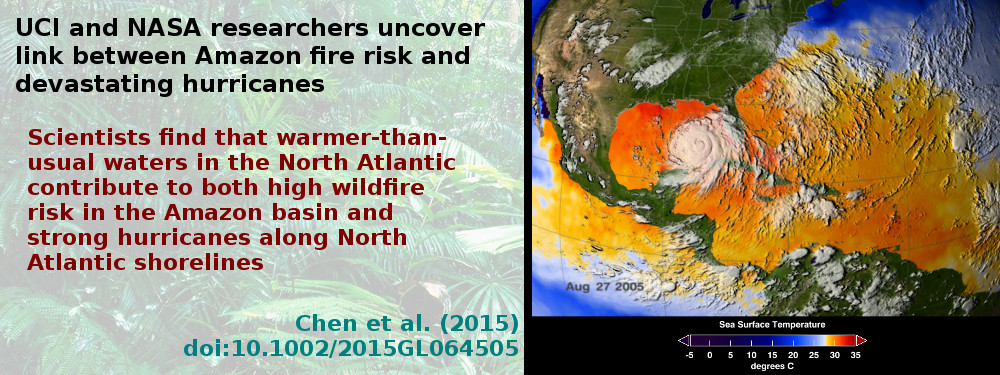Welcome to the RUBISCO Science Focus Area Website
As Earth system models (ESMs) become increasingly complex, there is a growing need for comprehensive and multi-faceted evaluation of model predictions. To advance our understanding of biogeochemical processes and their interactions with climate under conditions of increasing atmospheric carbon dioxide (CO2), we need to develop new ways to use observations to constrain model results and inform model development. Better representation of biogeochemistry–climate feedbacks and ecosystem processes in ESMs is essential for reducing uncertainties associated with projections of climate change during the remainder of the 21st century.
In an effort sponsored by the U.S. Department of Energy’s Office of Science through the Regional and Global Model Analysis (RGMA) Program Area, a diverse team from Oak Ridge National Laboratory, Lawrence Berkeley National Laboratory, the University of California at Irvine, the National Center for Atmospheric Research, the University of Michigan, Los Alamos National Laboratory, Sandia National Laboratories, and Northern Arizona University is developing new diagnostic approaches for evaluating ESM biogeochemical process representations. This research effort supports the International Land Model Benchmarking (ILAMB) Project by creating an open source benchmarking system that leverages a growing collection of laboratory, field, and remote sensing data. This benchmarking system, which will be extended to include ocean biogeochemistry, is expected to contribute model analysis and evaluation capabilities to phase 6 of the Coupled Model Intercomparison Project (CMIP6) and future modeling experiments. In addition, the researchers will use this system to engage experimentalists, including those in DOE’s Terrestrial Ecosystem Science Program, in identifying model weaknesses and needed measurements and field experiments.
